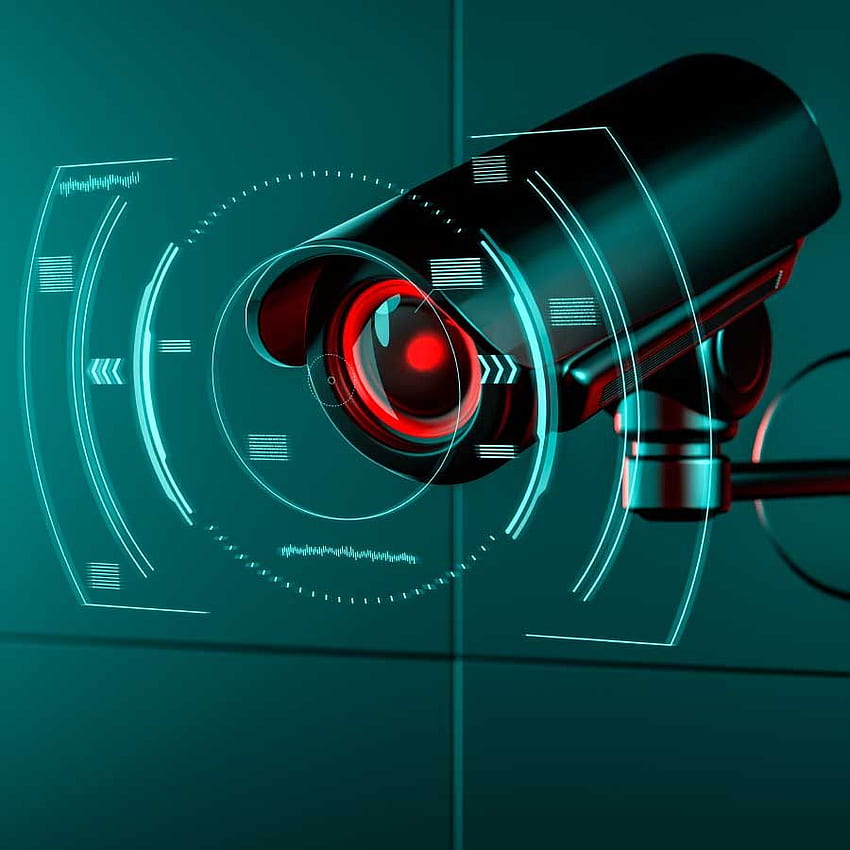
In an age where technology permeates every aspect of our daily lives, security cameras have become an essential element of modern safety and surveillance. Often seamlessly integrated into both public and private spaces, these devices serve as silent sentinels, constantly observing and recording to ensure a sense of security and peace of mind. Their presence can deter crime, provide vital evidence in investigations, and create a safer environment for communities.
As our cities grow and evolve, the role of security cameras has expanded beyond mere observation. They now utilize advanced technologies such as motion detection and facial recognition, which enhance their ability to protect and serve. With their ability to monitor activity around the clock and provide real-time alerts, security cameras have transformed into indispensable tools for law enforcement, businesses, and homeowners alike. The invisible watchful eye of these cameras offers a layer of protection that many have come to rely on in an increasingly unpredictable world.
The Evolution of Security Cameras
The journey of security cameras began in the mid-20th century, primarily driven by the need for increased safety. The first recorded instance of a CCTV system was in 1942, when a German engineer developed a camera to monitor the launch of V-2 rockets. This technology, however, was not widely implemented until the 1960s when businesses and government facilities began to recognize the potential of surveillance systems for enhancing security measures.
As technology progressed, security cameras transitioned from analog to digital formats in the late 1990s and early 2000s. The introduction of the Internet Protocol (IP) camera revolutionized the industry, allowing for higher quality video, remote access, and advanced features like motion detection and night vision. This shift enabled users to monitor their properties in real time from anywhere in the world, making security cameras more accessible and effective than ever before.
Today, security cameras are equipped with sophisticated capabilities, including facial recognition, artificial intelligence, and cloud storage. These advancements not only enhance security but also expand the use of cameras in various sectors, such as retail, transportation, and personal safety. As we continue to embrace technology, security cameras have evolved into silent guardians, playing a crucial role in safeguarding our communities and maintaining peace of mind.
Impact on Crime Prevention
The presence of security cameras has been shown to significantly deter criminal activity in various settings. When potential offenders observe cameras, they are more likely to reconsider their actions due to the increased risk of being caught. This visible layer of security creates a psychological barrier, making individuals think twice before engaging in illegal activities. As a result, areas with high surveillance typically report lower crime rates, showcasing the effectiveness of these devices in promoting safety.
Moreover, security cameras not only prevent crime but also play a vital role in resolving incidents that do occur. In the event of a crime, recorded footage can provide crucial evidence that aids law enforcement in their investigations. By capturing detailed images and sounds, cameras help identify suspects, corroborate witness accounts, and reconstruct events, which can lead to quicker resolutions and increased conviction rates. This capability reinforces the idea that security cameras are not just deterrents but essential tools in the fight against crime.
In addition to their direct impact on crime rates, security cameras contribute to a greater sense of safety among the public. When residents and business owners know they are being watched, they feel more secure in their environments. This sense of safety encourages community engagement and can lead to more active participation in neighborhood watch programs and local safety initiatives. Ultimately, the integration of security cameras into public and private spaces fosters a culture of collective security and vigilance.
Security Camera Sales
Privacy Concerns and Ethical Considerations
As security cameras become ubiquitous in public and private spaces, concerns about privacy have come to the forefront. Many individuals worry that constant surveillance may infringe on their personal freedoms, leading to a society where every move is monitored. The balance between safety and privacy is a delicate one, and the potential for misuse of footage can raise ethical questions. It is crucial for organizations to establish clear guidelines regarding how footage is used and who has access to it.
The presence of security cameras can also create a chilling effect on behaviors, as people may feel uncomfortable knowing they are being watched. This situation can limit free expression and discourage individuals from engaging in activities that are lawful but might be perceived as suspicious. Transparency in the purpose and operation of cameras is vital for maintaining public trust. By openly communicating their intent and ensuring that surveillance is conducted within ethical boundaries, organizations can mitigate some of the concerns.
Moreover, emerging technologies such as facial recognition have intensified the debate on the ethics of security surveillance. The potential for discriminatory practices based on flawed algorithms poses a significant risk, as marginalized communities may be disproportionately targeted. It is essential for policymakers to address these issues by implementing regulations that protect civil liberties while acknowledging the need for security. Striking the right balance requires ongoing dialogue among stakeholders, ensuring that the deployment of security cameras serves the public good without compromising individual rights.




